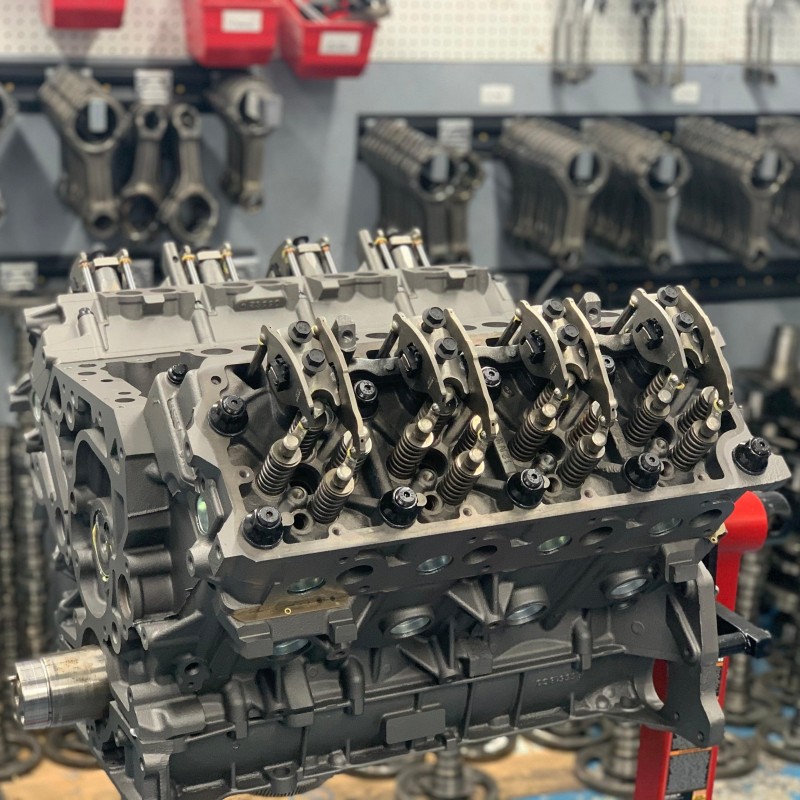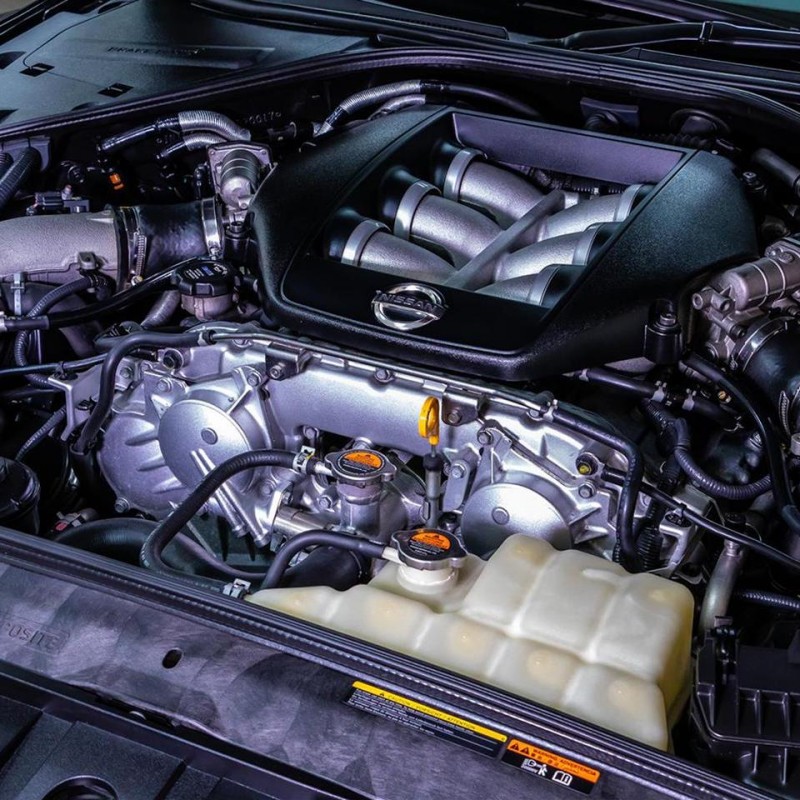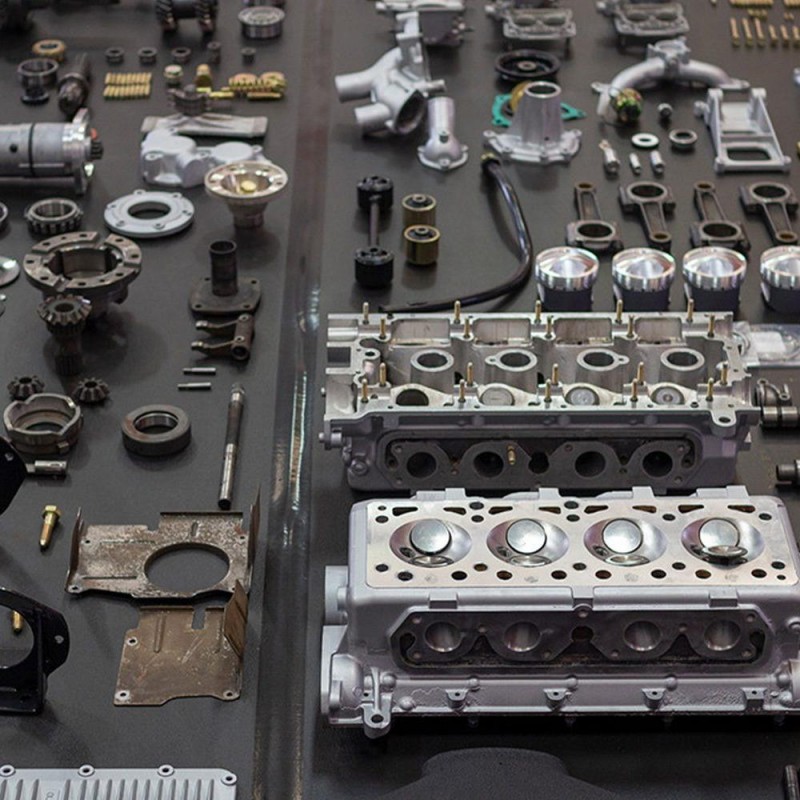An oil leak between the engine and transmission is a significant concern for vehicle owners and mechanics alike. This issue not only poses a potential threat to the performance and longevity of your vehicle but can also lead to dangerous driving conditions if left unchecked. Noticing oil stains beneath your vehicle or experiencing engine performance issues can lead to the suspicion of an oil leak. However, understanding the underlying causes of such leaks—and the subsequent steps to take for diagnosis and repair—is crucial for ensuring safe and efficient vehicle operation. In this comprehensive article, we will explore various aspects of oil leaks between the engine and transmission, including common causes, potential risks, diagnostic steps, repair options, and preventive maintenance tips. By the end, you will be equipped with the knowledge needed to address this issue effectively, ensuring your vehicle operates smoothly and reliably.
Understanding Engine and Transmission Functionality
To appreciate the significance of addressing an oil leak between the engine and transmission, it is essential to understand the functionalities of these two critical components within a vehicle.
1. The Engine’s Role
The engine serves as the heart of a vehicle, converting fuel into mechanical energy to power the vehicle. Within the engine are numerous moving parts that create friction, requiring adequate lubrication to operate smoothly.
Key Components of an Engine
- Oil Pump: Circulates engine oil to lubricate moving parts and ensure optimal operation.
- Crankshaft: Converts linear motion from the pistons into rotational motion.
- Camshaft: Times the opening and closing of the engine’s valves.
2. The Transmission’s Function
The transmission transfers power from the engine to the wheels. It adjusts the ratio of engine speed to wheel speed, allowing the vehicle to accelerate and maintain efficient performance.
Types of Transmissions
- Automatic Transmission: Handles gear shifts automatically, simplifying the driving experience.
- Manual Transmission: Requires the driver to shift gears manually, offering greater control over performance.
Understanding how both systems work and their interconnectedness is critical in recognizing how an oil leak may affect overall vehicle functionality.
Common Causes of Oil Leaks Between Engine and Transmission
Identifying the specific causes of an oil leak between the engine and transmission is vital for implementing effective repairs. Here, we’ll outline several common culprits:
1. Worn or Damaged Seals
Seals play an important role in preventing leaks by securing fluid containment spaces. Over time, however, seals can become worn or damaged, leading to oil leaks.
Focus on Major Seals
- Rear Main Seal: Located at the back of the engine, it prevents oil from leaking out from the engine’s rear.
- Transmission Front Seal: This seal sits where the transmission joins the engine and can deteriorate or become damaged over time.
2. Gasket Failure
Gaskets are critical in sealing joints between engine and transmission components. If the gaskets fail, they can lead to significant oil leaks.
Common Types of Gaskets
- Oil Pan Gasket: Located at the bottom of the engine, seals the oil pan to the crankcase.
- Valve Cover Gasket: Seals the valve cover to the engine, preventing leaks from higher up.
3. High Oil Pressure
If oil pressure increases beyond normal levels, it can lead to leaks as the seals and gaskets struggle to contain the fluid.
Causes of High Oil Pressure
- Overfilled Oil: Adding too much engine oil can increase pressure in the system, leading to leaks.
- Clogged Oil Passages: Dirt or sludge in the oil passages can restrict flow and elevate pressure.
4. Mechanical Damage
Accidents or impacts can damage the engine or transmission, leading to cracks, which in turn can cause oil leaks. Regular inspections can help identify hidden issues.
5. Improper Installation
If the engine or transmission has recently been replaced, improper installation can lead to leaks. Loose bolts or incorrect seating of gaskets could compromise the integrity of the seals.
Symptoms of an Oil Leak Between Engine and Transmission
Detecting an oil leak between the engine and transmission early can prevent extensive damage and costly repairs. Here are common symptoms to watch for:
1. Visible Leaks
The most obvious indicator of an oil leak is observing oil puddles or stains underneath your vehicle, particularly near the engine and transmission area.
2. Low Oil Levels
Regularly check your oil levels. If you notice fluctuations or consistently low levels, this may indicate a leak within the system.
3. Warning Lights
Modern vehicles are equipped with sensors and warning lights that notify you when oil levels are low or if there is a malfunction within the engine or transmission.
4. Burning Smell
If you smell burning oil while driving, this may indicate an oil leak that has come into contact with hot engine components, leading to smoke or burned oil.
5. Performance Issues
Engine performance issues, such as stalling, reduced power, or problems with gear transitions, may result from insufficient oil lubrication caused by a leak.
Diagnosing an Oil Leak
Diagnosing oil leaks accurately is crucial for effective repair. Here are essential steps to help identify the source of the oil leak:
1. Cleaning the Engine
Begin by cleaning the engine and transmission area thoroughly, ensuring you remove any old oil. A clean surface allows you to see fresh leaks more clearly.
2. Visual Inspection
Carry out a systematic visual inspection of the following areas:
- Around the Engine Block: Look for areas of fluid accumulation.
- Around the Transmission: Inspect the mating surface between the engine and transmission.
- Gaskets and Seals: Check for cracks or deterioration around all seals and gaskets.
3. Observation During Operation
Start your vehicle and monitor for leaks during operation. Observing under the vehicle while the engine runs can help pinpoint leak sources.
4. Use of Diagnostic Tools
Consider utilizing diagnostic tools, including pressure testers or UV leak detection dye, to identify the source of the leak more effectively.
Possible Solutions for Oil Leaks
Once you diagnose the source of an oil leak, it’s essential to know the appropriate solutions to address the issue effectively.
1. Seal and Gasket Replacement
If the diagnosis reveals worn or damaged seals and gaskets, replacing them is often the most effective solution. Here’s how to do this:
- Gather Tools: You’ll need basic hand tools, replacement seals or gaskets, and a torque wrench for proper installation.
- Consult Manuals: Refer to service manuals for removal and installation processes to ensure accuracy.
2. Torque Adjustments
If the leak results from loose bolts or connections, simply tightening them to the specified torque can prevent further leaks. Always use a torque wrench to ensure the proper tightness.
3. Cleaning and Degreasing
In circumstances where dirt or debris may be causing leaks around seals, cleaning and degreasing the area can sometimes restore functionality.
4. Engine Flush
If high oil pressure or sludge build-up is suspected, performing an engine flush to remove contaminants can help improve the efficiency of the system.
5. Consult Professionals
For complex issues or persistent leaks, consulting a professional mechanic is advisable. They can diagnose the problem accurately and provide expert assistance to ensure safe and effective repairs.
Preventing Oil Leaks in the Future
Taking preventive measures can help you avoid oil leaks in your engine and transmission down the line. Consider these best practices:
1. Regular Maintenance Checks
Schedule regular automotive maintenance checks to assess fluid levels, inspect for damage, and ensure that all components are functioning correctly.
2. Fluid Quality
Use high-quality oil that meets the specifications of your vehicle. Poor-quality oil can lead to sludge build-up and increased wear on components.
3. Monitor Driving Habits
Treat your vehicle with care. Aggressive driving or harsh accelerating can place added stress on your engine and transmission, leading to potential leaks.
4. Inspect Seals and Gaskets Regularly
During routine inspections, pay attention to seals and gaskets. Catching deteriorating parts early can prevent leaks from appearing unexpectedly.
5. Address Issues Promptly
If you notice any symptoms of potential oil leaks, address them immediately to avoid more significant problems.
Conclusion
In conclusion, knowing how to address the issue of an oil leak between the engine and transmission is essential for maintaining your vehicle’s performance and longevity. Understanding the causes of oil leaks, recognizing symptoms, and developing effective diagnostic and repair strategies can save you time and money.
Awareness of the factors influencing oil leak issues—combined with routine maintenance practices—ensures a healthier engine and a safer driving experience. Always prioritize selecting high-quality parts and seeking professional help when needed, as these practices contribute to the long-term operation of your vehicle.
By following the tips and guidelines outlined in this article, you can navigate potential issues with confidence, contributing to a successful ownership experience. Remember that timely attention to your vehicle’s symptoms and preventative measures can significantly enhance your driving safety and enjoyment.
Tags: automotive repair tips, engine care strategies, oil leak between engine and transmission, vehicle maintenance advice